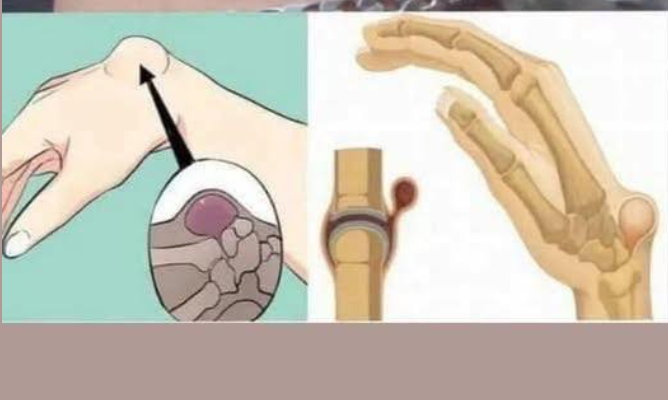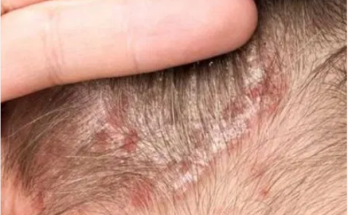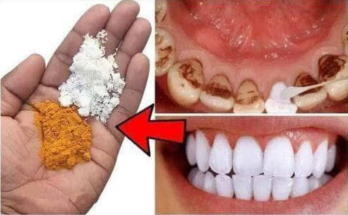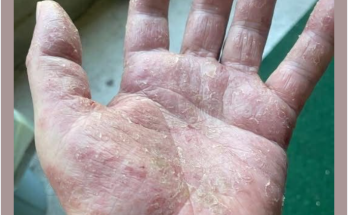Unexplained Bruises: When to Worry and What They Could Mean
Bruising is a common part of life, especially as we age. It’s not unusual to find a small bruise and have no idea how it got there—maybe you bumped into something and didn’t notice. But frequent, large, or unexplained bruises—especially on areas like the arms, legs, or torso—should not be ignored. In some cases, they may be a warning sign of a more serious underlying health issue.
Here are some common causes of unusual bruising that go beyond just “getting older”:
1. Blood Disorders
Conditions that affect blood clotting can lead to excessive bruising. Low platelet counts (thrombocytopenia), clotting factor deficiencies, or even blood cancers like leukemia can present with large bruises, tiny red or purple spots (petechiae), frequent nosebleeds, or excessive fatigue. If bruises appear alongside these symptoms, it’s important to get checked promptly.
2. Medication Side Effects
Certain medications make you more prone to bruising. Blood thinners (like warfarin, aspirin, or clopidogrel) reduce clotting ability and can lead to easy bruising or bleeding. Steroids, both oral and topical, can weaken blood vessel walls over time, causing skin to bruise more easily.
3. Vitamin Deficiencies
Deficiencies in vitamins C or K can impair your body’s ability to repair blood vessels and form clots. This may lead to slow-healing bruises, frequent gum bleeding, or prolonged bleeding after cuts. These deficiencies can occur due to poor diet, gastrointestinal conditions, or malabsorption.
4. Autoimmune Conditions
Diseases like lupus or vasculitis can cause the immune system to attack blood vessels or interfere with normal clotting. Bruises may appear in unusual patterns along veins or arteries, and are often accompanied by joint pain, rashes, or fatigue.
5. Liver Disease
The liver plays a vital role in producing clotting factors. When it’s not functioning properly—due to conditions like cirrhosis or hepatitis—bruising may increase, particularly on the abdomen. Other signs may include jaundice (yellowing of the skin or eyes), swelling, or easy bleeding.
When to See a Doctor:
If bruises are appearing frequently, are unusually large or painful, or occur alongside other symptoms like fatigue, bleeding gums, or joint pain, it’s time to talk to a healthcare professional. Early diagnosis can make a big difference in treatment and outcomes.



